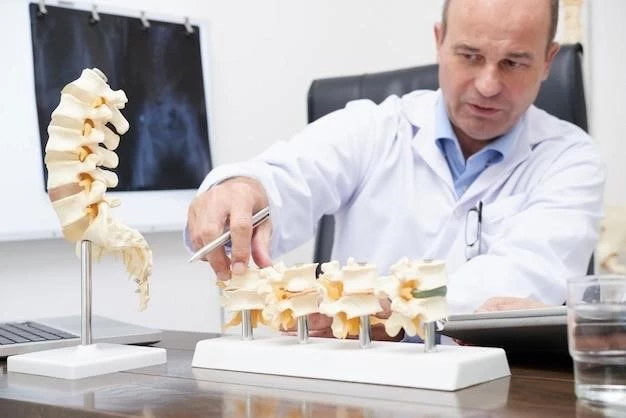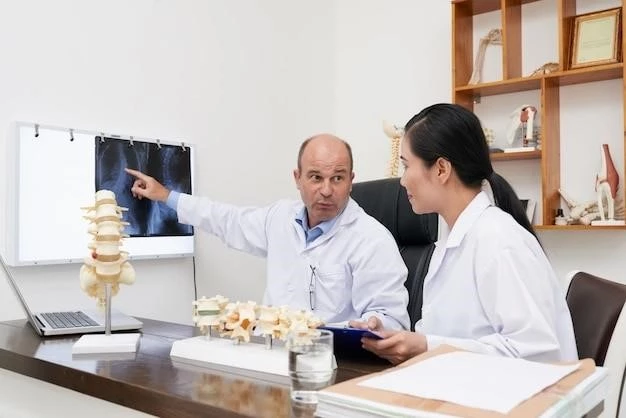Introduction to Treacher Collins Syndrome
Treacher Collins Syndrome (TCS) is a rare genetic condition affecting the development of facial bones and tissues‚ causing distinct abnormalities like cheekbones‚ jaws‚ ears‚ and eyelids.
Treacher Collins Syndrome (TCS) is a rare genetic condition affecting facial development‚ particularly the cheekbones‚ jaws‚ ears‚ and eyelids. Characteristics include downslanting palpebral fissures‚ malar hypoplasia‚ micrognathia‚ and external ear abnormalities‚ impacting feeding and hearing. TCS arises from a gene mutation on chromosome 5‚ leading to variable craniofacial deformities and potential respiratory challenges.
Definition and Characteristics
Treacher Collins Syndrome (TCS) involves facial features like cheekbones‚ jaws‚ ears‚ and eyelids. Common signs include downslanting palpebral fissures‚ malar hypoplasia‚ micrognathia‚ and external ear abnormalities;
Impact of Chromosome 5 Gene Mutation
The impact of a gene mutation on chromosome 5 in Treacher Collins Syndrome leads to the variable craniofacial deformities and potential respiratory challenges seen in affected individuals. Understanding this mutation is crucial for diagnosis and management.
Signs of Treacher Collins Syndrome include downslanting palpebral fissures‚ micrognathia‚ malar hypoplasia‚ and ear abnormalities. Symptoms range from mild to severe‚ affecting feeding and hearing.
Varied Signs and Severity Levels
Treacher Collins Syndrome exhibits a spectrum of signs‚ ranging from downslanting palpebral fissures‚ malar hypoplasia‚ and micrognathia to external ear abnormalities‚ impacting daily functions like feeding and hearing.

Treatment and Management
Reconstructive procedures play a vital role in managing the craniofacial deformities associated with Treacher Collins Syndrome‚ aiding in social and psychological development.
Importance of Reconstructive Procedures
Reconstructive procedures are crucial in managing the craniofacial deformities in Treacher Collins Syndrome‚ supporting individuals’ social and psychological well-being. These interventions aim to enhance facial aesthetics and functionality‚ contributing significantly to the overall quality of life for affected individuals.

Living with Treacher Collins Syndrome
Coping strategies and support systems play a crucial role in helping individuals with Treacher Collins Syndrome navigate challenges and lead fulfilling lives.
Coping Strategies and Support Systems
Individuals with Treacher Collins Syndrome benefit from coping strategies and support systems to navigate challenges effectively. These resources enhance their emotional well-being and resilience in managing the impact of the condition on their daily lives.
Ongoing research on Treacher Collins Syndrome continues to deepen our understanding of the genetic and developmental complexities of this rare condition‚ paving the way for improved diagnostic techniques and potential therapeutic interventions in the future.
Advancements in Understanding the Syndrome
The page on Treacher Collins Syndrome (TCS) presents information that describes the rare genetic condition impacting the facial development of affected individuals. The unique features such as cheekbones‚ jaws‚ ears‚ and eyelids can vary in severity‚ from minor to pronounced abnormalities. The syndrome is known to result from a chromosome 5 gene mutation‚ causing diverse craniofacial deformities that may pose challenges in feeding and breathing. The complex nature of TCS often necessitates reconstructive interventions to address the structural anomalies and improve the quality of life for those affected. Each individual’s experience with TCS is distinctive‚ with coping strategies and support systems playing a crucial role in assisting them in navigating the challenges associated with the condition. Ongoing research efforts aim to enhance our understanding of TCS‚ potentially leading to advancements in diagnostic methods and therapeutic approaches in the future.
